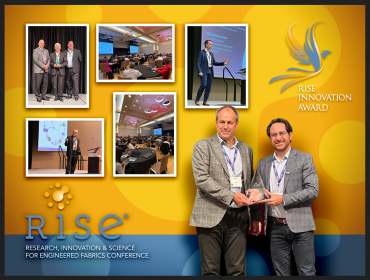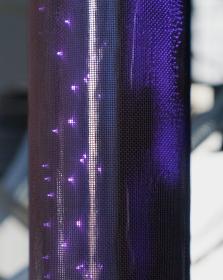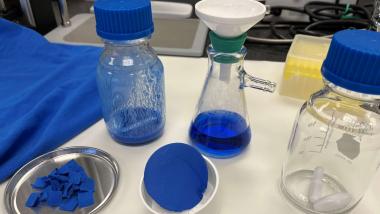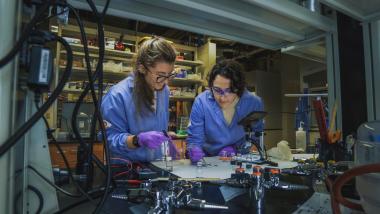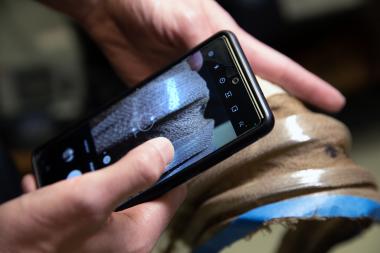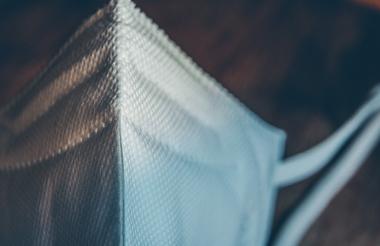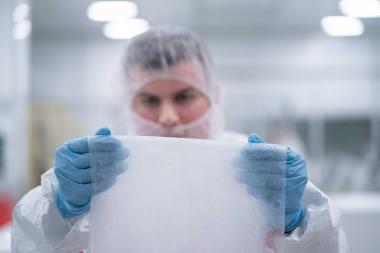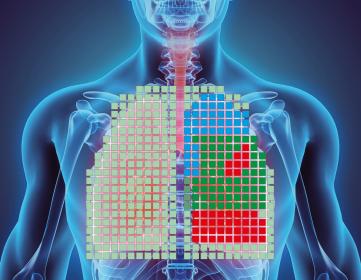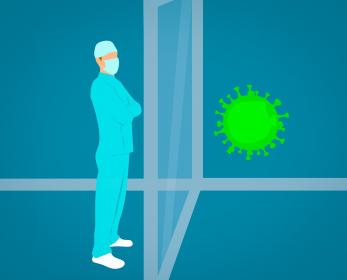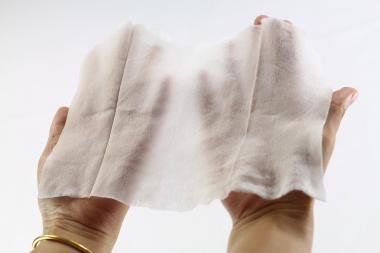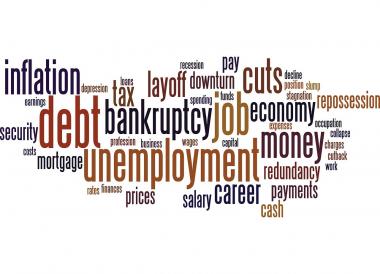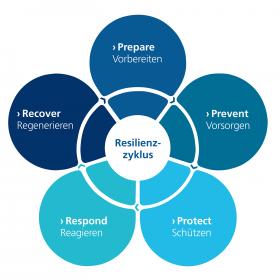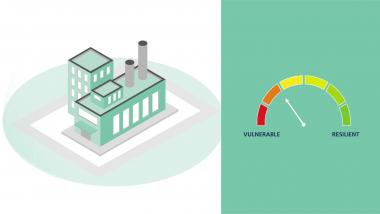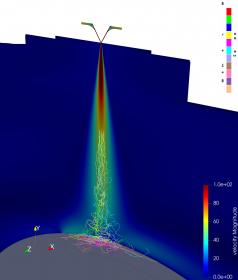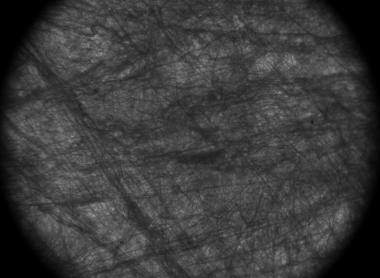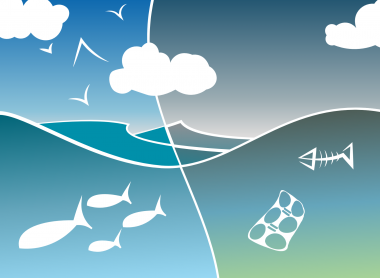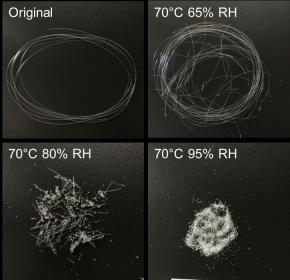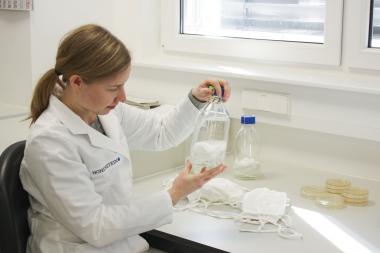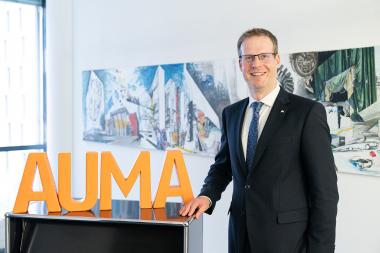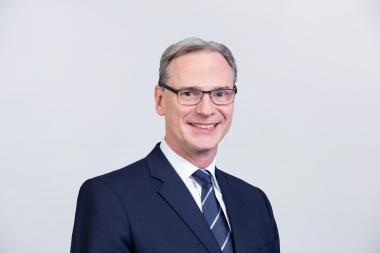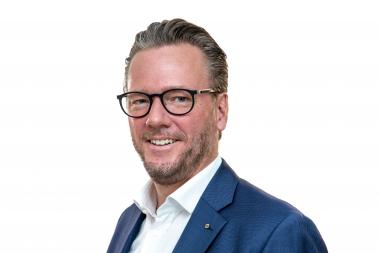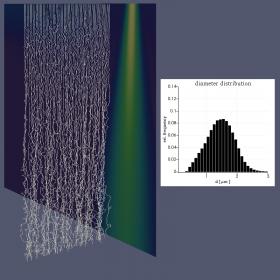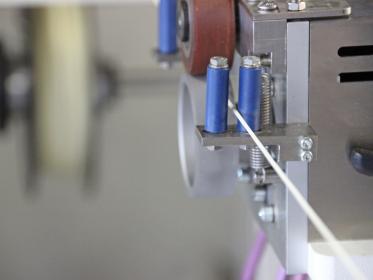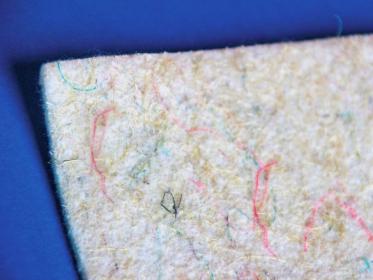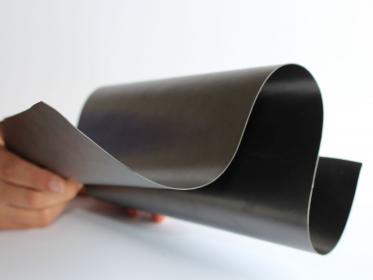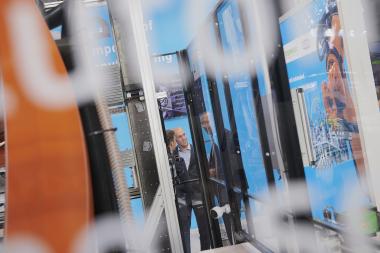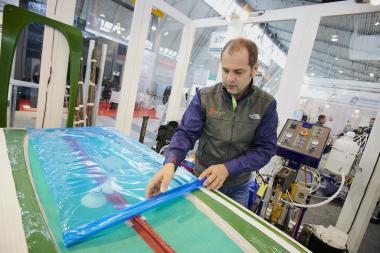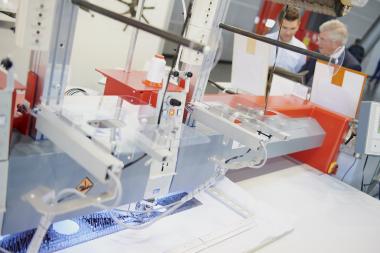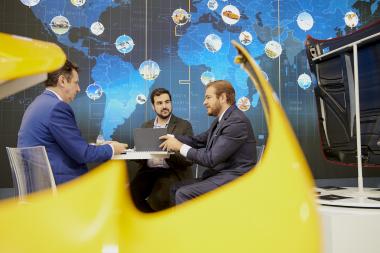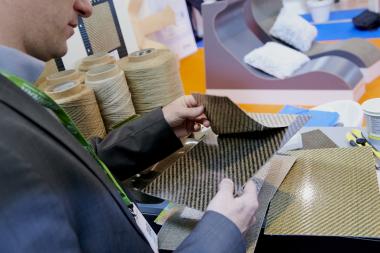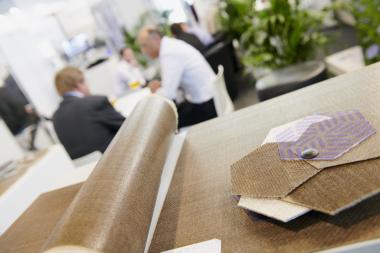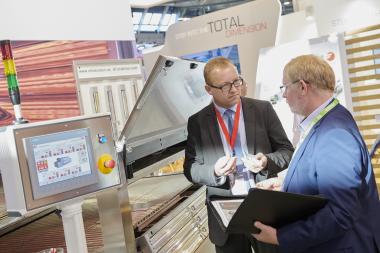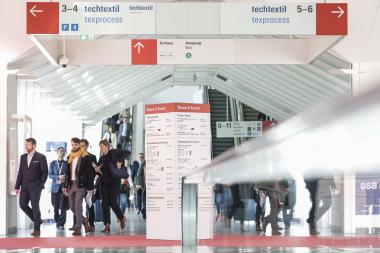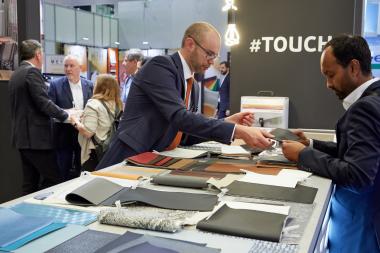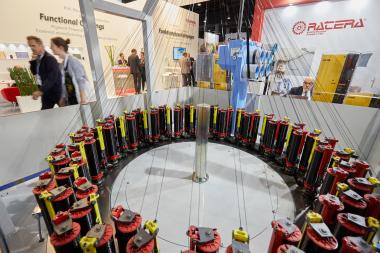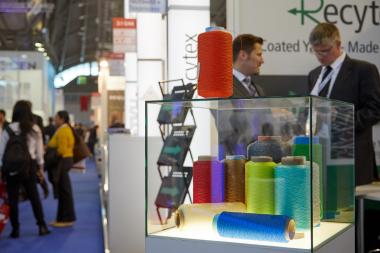Antimicrobial coating: Bacteria, stay out!
Hospital germs and pathogens are not always transmitted directly from person to person. They can also spread via germ-contaminated surfaces and objects. Empa researchers, together with the chemical company BASF, Spiez Laboratory and the Technical University of Berlin, have now developed coated textiles that inhibit or even kill pathogens. They could be used as antimicrobial curtains in hospitals in the future.
Countless times a day, patients, visitors and medical staff in hospitals touch surfaces of all kinds. Door handles, railings or elevator buttons can serve as transport vehicles for pathogens such as hospital germs or viruses. Smooth surfaces are comparatively easy to clean after contamination. With porous structures such as textiles, however, this is not that simple. Empa researchers have solved this problem together with experts from BASF, Spiez Laboratory and the Technical University of Berlin: A coating process can now be used to treat fabrics in such a way that bacterial and viral pathogens are killed or inhibited in their growth. In hospitals, the coated textiles could be used in future as antimicrobial curtains between patient beds, for example.
Active for months
"We were looking for a process that reliably prevents germs from contaminating textiles that come into contact with a large number of people during use," explains Peter Wick from Empa's Particles-Biology Interactions laboratory in St. Gallen. In this way, chains of infection could be interrupted in which multi-resistant bacteria or viral pathogens, for example, settle on hospital curtains and can then be spread by people.
The researchers ultimately developed a coating process in which a benzalkonium chloride-containing disinfectant was evenly applied to hospital curtains. After optimizing parameters such as concentration, exposure time, processing pressure and drying, the coating adhered stably to the textile surface. But did the coated textiles also exhibit a germicidal effect? This was to be shown by analyzing the antimicrobial activity of the first fabric samples.
"The results of the laboratory tests were very encouraging," says Wick. When the bacterial cultures of some typical problem germs were incubated with the fabric samples, the coated textiles inhibited the growth of staphylococci and pseudomonas bacteria, for example. "The hospital germs were significantly reduced or even killed after just ten minutes of exposure," says the Empa researcher. Moreover, the coating was also active against viral pathogens: Over 99 percent of the viruses were killed by the coated fabric samples.
Another advantage: The coatings remained effective even after several months of storage. This allows production in stock. With the new process, other textiles, filters or cleaning utensils could also be quickly and safely treated with antimicrobials in the future, for example in the event of an epidemic, emphasizes Empa researcher Wick.
EMPA



